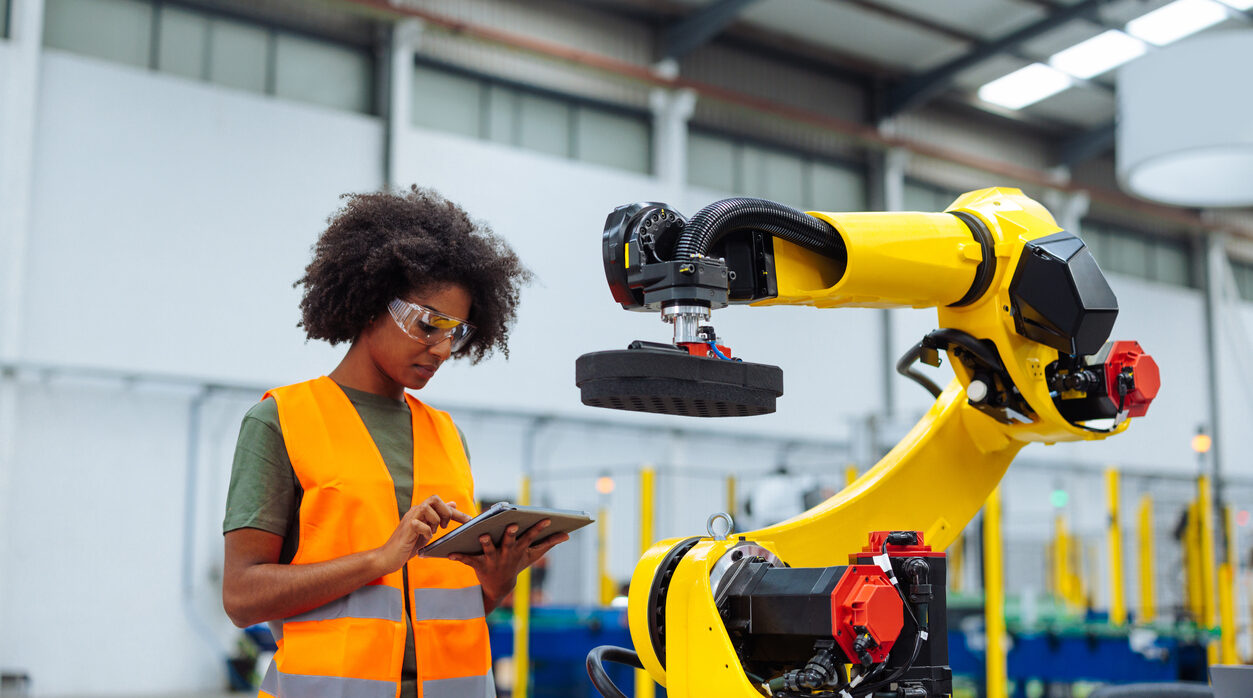Table of Contents
Introduction: Why Manufacturers Must Rethink Growth
For manufacturers, scaling isn’t just about producing more — it’s about selling more, fulfilling faster, and getting paid predictably. But many organizations still rely on manual, disconnected systems that create friction across the transaction lifecycle.
That friction impacts every part of the business:
- Sales cycles drag due to quote approvals and manual entry
- Finance teams lack real-time visibility into receivables
- Customers experience delays and errors that affect loyalty
In a competitive global market, these issues aren’t just operational — they’re strategic. Manufacturers seeking sustainable growth must shift toward digital transformation in manufacturing, starting with how they transact.
This post explores how B2B manufacturing eCommerce integration and order-to-cash automation are driving scalable, margin-protective revenue strategies for leading manufacturers.
The Revenue Roadblocks Hiding in Your Transactions
Despite advancements in ERP and CRM systems, many manufacturers still face the following challenges:
1. Disconnected Systems
Legacy tech stacks often mean sales, fulfillment, procurement, and finance run on separate platforms. This leads to data silos and inconsistent transaction flows.
2. Manual Workflows
From order entry to invoicing, manual processes introduce errors, delay cash flow, and create high administrative overhead.
3. Customer Friction
Enterprise buyers increasingly expect seamless, digital-first transactions. When those expectations aren’t met, customers look elsewhere.
4. Limited Visibility
Without real-time order and payment data, finance and operations leaders struggle to forecast accurately or identify opportunities for optimization.
These pain points all contribute to a key challenge: how to streamline manufacturing transactions to unlock new revenue potential.
What Leading Manufacturers Are Doing Differently
Forward-looking manufacturers are embracing integrated transaction workflows to address these barriers. Here’s how:
B2B Connected Commerce: Integrated eCommerce and eProcurement
By integrating their eCommerce platforms with buyer eProcurement systems (such as SAP Ariba, Coupa, or Jaggaer), manufacturers can automate transactions and eliminate manual entry.
This approach supports:
- Faster order processing
- Fewer errors
- Improved buyer satisfaction
- Accelerated cash cycles
Order-to-Cash Automation
True order-to-cash automation connects every step from quote to payment, creating a seamless flow of data across systems. Automation reduces delays, prevents disputes, and supports better reporting.
Real-Time Financial Insights
Integrated systems provide finance teams with up-to-the-minute visibility into receivables, customer behavior, and cash flow. This visibility improves forecasting and supports more informed decisions.
Scalable Sales Operations
Manufacturers can increase sales volume without adding headcount by reducing manual order entry and support workload. This scalability is crucial for expanding into new markets or channels.
Case Study Spotlight: Volvo Streamlines Invoicing and Accelerates Cash Flow
Volvo Group, one of the world’s largest manufacturers of trucks and industrial engines, faced significant challenges in manually processing purchase orders through their customers’ procurement systems.
By partnering with TradeCentric to integrate their systems with buyer platforms, Volvo:
- Reduced manual invoice handling by over 80%
- Accelerated payment cycles through improved invoice accuracy
- Enhanced operational efficiency across finance and sales teams
This transformation didn’t just reduce costs — it unlocked new revenue capacity and improved customer satisfaction across key enterprise accounts.
Manufacturing Revenue Growth Strategies: What to Prioritize
Here are the top strategies successful manufacturers are prioritizing to drive revenue with smarter transaction workflows:
1. Align Sales and Finance Through Integration
Ensure that your order, payment, and procurement systems share data in real time. When sales closes a deal, finance should instantly have visibility into billing and receivables.
2. Prioritize Buyer Experience
Modern buyers want frictionless B2B experiences. Offer PunchOut catalogs, electronic purchase orders, and automated invoicing to meet these expectations.
3. Automate High-Volume, Low-Value Tasks
Reduce manual order entry and approval cycles through automated transaction workflows — freeing your teams to focus on strategic activities.
4. Improve Forecasting with Real-Time Data
Use integrated data to enhance your S&OP (Sales and Operations Planning) process and respond faster to demand fluctuations.
Long-Term Gains: What to Expect from Transaction Modernization
Manufacturers who implement B2B manufacturing eCommerce integration and order-to-cash automation typically report:
- 30–50% faster order cycles
- Shortened DSO (Days Sales Outstanding)
- Lower error and dispute rates
- Higher margins through reduced cost-to-serve
- Improved customer retention from better buying experiences
These outcomes not only improve near-term profitability but also establish a strong foundation for long-term growth.
Frequently Asked Questions
What is order-to-cash automation in manufacturing?
Order-to-cash automation is the process of digitizing and integrating all steps between receiving a customer order and collecting payment. This includes order capture, approval, fulfillment, invoicing, and payment reconciliation.
How does B2B eCommerce integration help manufacturers grow?
Integrating eCommerce platforms with procurement and ERP systems removes manual steps, reduces delays, and enables faster, more accurate transactions — directly supporting sales velocity and cash flow.
What are the risks of not modernizing manufacturing transactions?
Manufacturers that rely on manual, disconnected systems face higher operational costs, increased errors, delayed revenue, and lower customer satisfaction — all of which threaten profitability and scalability.
Which platforms does TradeCentric integrate with?
TradeCentric connects hundreds of eCommerce and eProcurement/ERP systems, including SAP Ariba, Coupa, Oracle, Jaggaer, Workday, Magento, Salesforce B2B Commerce, and more.
I want to learn more about the challenges that integration solves, where can I do that?
Our latest eBook, How to Break Down B2B eCommerce Challenges and Find New Ways to Grow Revenue, uncovers the hidden revenue barriers stalling your digital channel—and show you how sales, finance, and eCommerce teams can work together to eliminate friction, accelerate cash flow, and unlock long-term growth through integrated commerce.
Ready to Future-Proof Your Revenue Engine?
If your manufacturing organization is looking to reduce friction, accelerate sales, and scale efficiently, modernizing your transaction workflows is the next strategic move.
At TradeCentric, we specialize in helping manufacturers integrate their eCommerce and procurement systems — enabling smarter, faster, and more profitable growth. Talk to us about how to streamline your transaction ecosystem.




